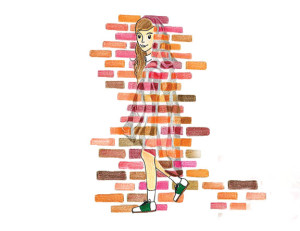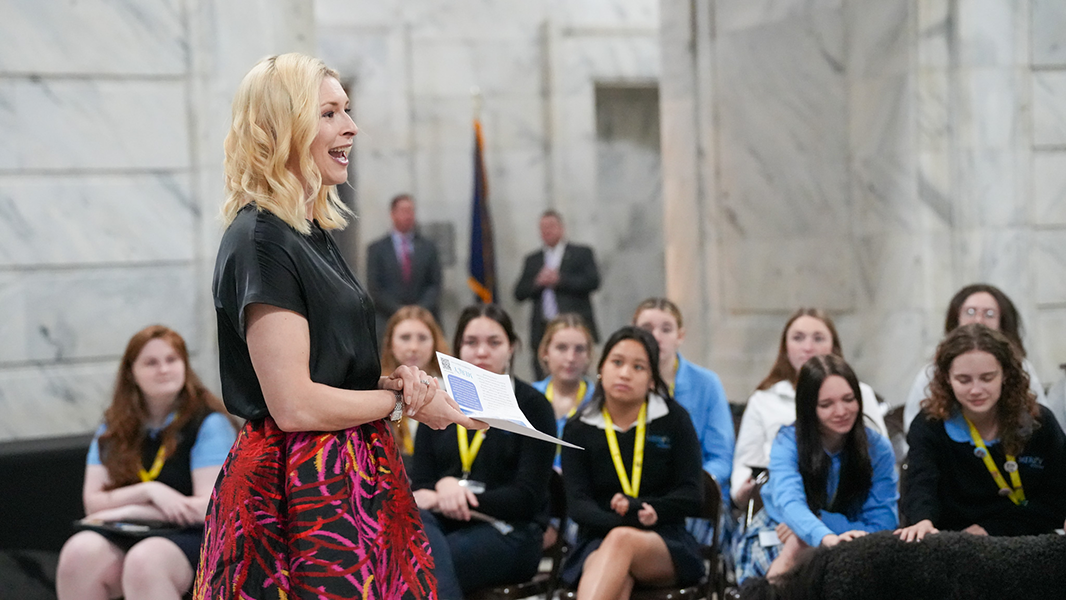A breakthrough brings the scientific community closer to achieving “invisibility” than ever before

Invisibility has always been a magical, unrealistic ability reserved exclusively for superheroes from fictional worlds or childhood daydreams. However, that magic might become a reality soon. Scientists have made a breakthrough that might make invisibility possible.
Every child has watched Invisible Woman from “Fantastic Four” or Violet from “The Incredibles” disappear before their eyes. And they have seen Harry Potter disappear when he ducks under his invisibility cloak countless times in the “Harry Potter” movies.
Invisibility opens endless opportunities to do things stealthily.
“I would probably use my invisibility cloak to travel the world freely,” said sophomore Laura.
The New Journal of Physics published a report by physicists at the University of Texas at Austin on March 25 saying that they have been creating a “mantle cloak” that is “designed to suppress the total scattering of a finite-length dielectric rod of moderate cross-section,” or in other words, render something invisible.
“The mantle cloak is literally made up of copper and polycarbonate,” Upper School science Teacher Ann Ojeda said. “I’m a huge nerd and I think it’s so cool they were able to make it out of that.”
Physicists crafted a material that neutralizes the waves bouncing off of it. The cloak’s material has a miniscule pattern that has to be roughly the size of the wavelength of light desired to be canceled out and absorbed.
That means that in their experiment, if the physicists wanted the object to be “invisible” to microwaves, the pattern in the material of the cloak must match the size of a microwave to cancel it out and reduce the scattering, which is how humans “see” an object.
The physicists set up one machine that sent out microwaves to the object and another microwave machine that was able to detect that the one-foot tall and one-inch wide cylinder was “there” because the microwaves bounced off the object to produce scattering. However, once the cloak was placed on the cylinder, the microwave detector could no longer distinguish it.
Although it was “invisible” to the microwave detector, the object was still visible to the human eye because the human eye can only see light that is part of the visible spectrum which does not include microwaves.
The mantle cloak was “able to reduce the total scattering by over 85 percent” according to the report.
“Eighty percent is an impressive number,” Ojeda said. “That is a large percent to reduce the scattering of an object.”
Although it is possible to transfer the theory of the mantle cloak and apply it to visible light frequencies, the use of the mantle cloak would “only work on objects much thinner than a single strand of hair,” according to a CNN article from March 27.
Laura, an admitted Harry Potter fanatic, said that she was still impressed with what the scientists
have accomplished even though they have not made a “true” invisibility cloak yet.
“I never thought we would come anywhere close to invisibility cloaks,” Laura said. “I didn’t even know anyone was working on something like that.”
The concepts of light and waves used in the physicists’ experiment are taught in physics to every freshman.
“We haven’t quite gotten to the light unit of physics, but we’ve learned in general about waves,” freshman Vivian said. “Once we start getting specifically into the light unit, I think it will be really interesting to see how it relates and understand how it works better.”
This experiment has wider implications as well. The New Journal of Physics report said the physicists “still envisioned various exciting cloaking applications for small objects. These may provide great benefits for biomedical and optical devices.”
While they were not able to construct an invisibility cloak that is usable for humans at the visible light frequency, these physicists have taken a step forward.
“It seems so fantastical and unreal, but it’s really cool, particularly to a Harry Potter fan,” Laura said. “I definitely hope that they will make a true invisibility cloak one day.”
-Courtney







